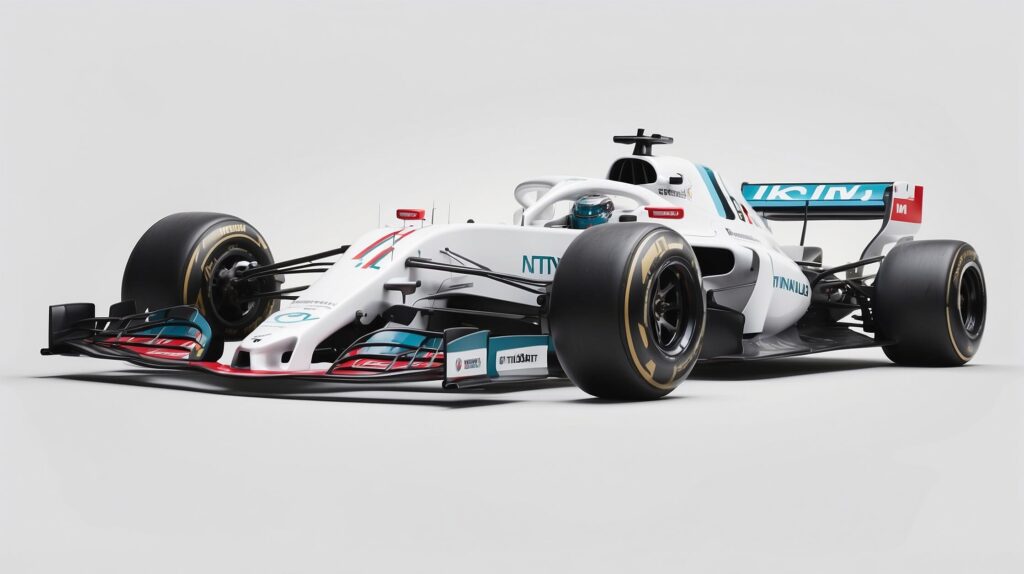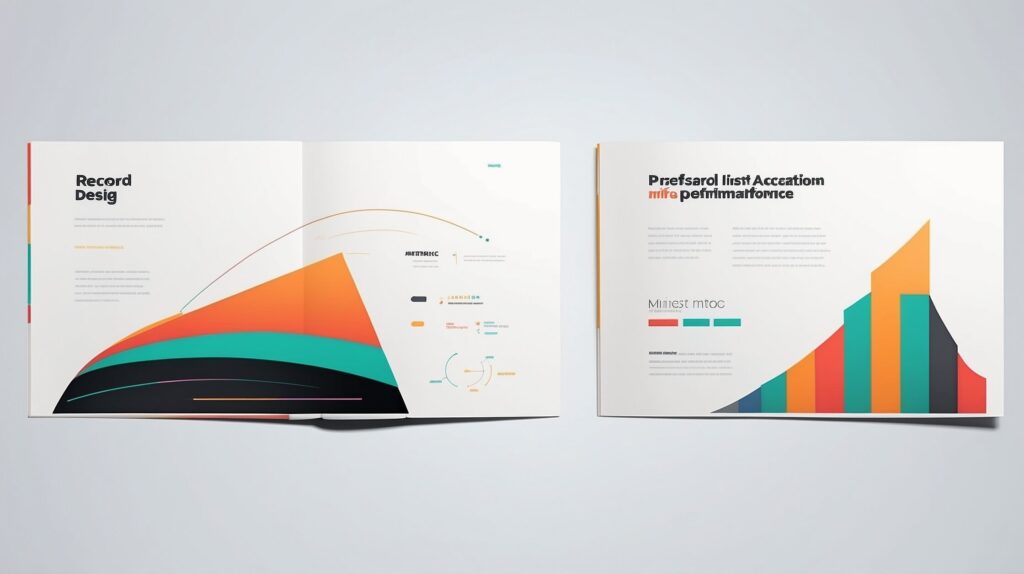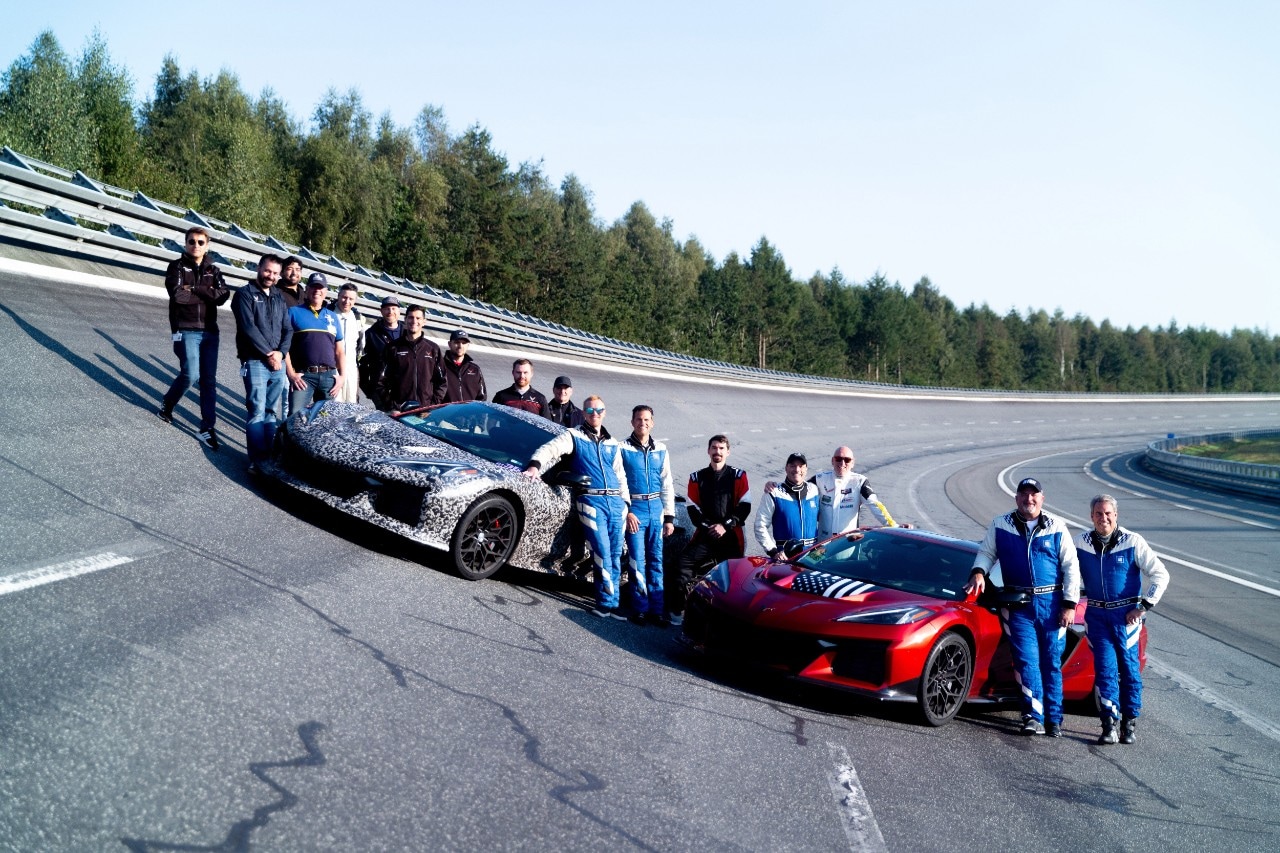Service Hours: Always Open

Understanding the factors that contribute to speed and acceleration is essential. These metrics are crucial in industries like automotive, aerospace, and athletics. They push the boundaries of what is possible. Professionals and enthusiasts alike are fascinated by these achievements. Record-breaking performances showcase human ingenuity and technological advancements.
They inspire us to strive for excellence. This blog post explores the significance of speed and acceleration. It delves into the latest breakthroughs and the underlying science. Join us as we uncover the marvels of record-breaking performance metrics. Discover how they shape our world and propel us forward.
Read More: A12 car Ferrari Driver Feedback Testimonials from Professionals Real Insights

Introduction To Speed And Acceleration
Speed and acceleration are crucial in various fields. They impact transportation, sports, and technology. Understanding these concepts can enhance performance and efficiency.
Definition And Importance
Speed measures how fast an object moves. It is the distance covered in a specific time. Acceleration measures how quickly an object changes its speed. Both are vital in different scenarios. High speed is often required in racing, travel, and data transfer. Acceleration is key in sports, vehicle performance, and machinery efficiency.
Knowing speed and acceleration helps improve designs. Engineers and designers can create faster and more efficient products. Athletes can enhance their performance by understanding these metrics. Speed and acceleration also affect safety. Understanding these factors can prevent accidents and improve safety measures.
Historical Context
Humans have always strived for more speed. Early examples include horse-drawn carriages and the first bicycles. The invention of the steam engine revolutionized transportation. Trains became faster, changing travel and trade. Cars brought another leap in speed and acceleration. The early 20th century saw the rise of automobiles. Over time, car speeds increased with better engines and aerodynamics.
In sports, speed and acceleration have always been crucial. Ancient runners competed to be the fastest. Modern athletes use science to enhance their speed and acceleration. Technological advancements have pushed the boundaries further. Today, we see record-breaking speeds in various fields. From high-speed trains to supersonic jets, speed and acceleration continue to evolve.
Physics Behind Speed
Speed is a fascinating aspect of motion. It plays a crucial role in various fields. From sports to automotive engineering, speed matters. Understanding the physics behind speed can help us appreciate its impact.
Basic Principles
Speed refers to how fast an object moves. It measures the distance covered over a period of time. It is a scalar quantity. This means it only has magnitude, not direction. The formula for speed is simple. Speed equals distance divided by time.
Acceleration is different from speed. It measures the rate of change of speed. It is a vector quantity. This means it has both magnitude and direction. The formula for acceleration is also simple. Acceleration equals change in speed divided by time.
Factors Influencing Speed
Several factors influence speed. One key factor is force. The greater the force applied, the faster an object moves. Another factor is mass. Heavier objects require more force to move quickly. Friction also plays a role. Less friction means higher speed.
Air resistance can affect speed. Objects moving through air face resistance. Streamlined shapes reduce air resistance. This helps in achieving higher speeds. Gravity is another factor. It affects the speed of falling objects. The strength of gravity determines how fast they fall.
Understanding Acceleration
Acceleration is a key concept in physics and everyday life. It helps to explain how quickly an object speeds up or slows down. Understanding acceleration is essential for comprehending motion, vehicle performance, and many engineering applications. This section will break down the fundamental concepts and methods used to measure acceleration.
Fundamental Concepts
Acceleration refers to the rate of change of velocity of an object. It is a vector quantity, which means it has both magnitude and direction. The formula for acceleration is:
Acceleration (a) = Change in Velocity (Δv) / Time Taken (Δt)This equation shows how acceleration depends on both the change in velocity and the time over which this change occurs. Let’s break down the key terms:
- Velocity: The speed of an object in a specific direction.
- Time: The duration over which the change in velocity happens.
Positive acceleration indicates an increase in velocity, while negative acceleration (deceleration) indicates a decrease in velocity. Understanding these concepts is crucial for interpreting motion correctly.
Measuring Acceleration
There are several ways to measure acceleration. The most common methods involve using motion sensors, accelerometers, and GPS devices. These tools provide accurate data on how quickly an object’s velocity changes.
Here is a table summarizing the common methods used to measure acceleration:
| Method | Description | Applications |
|---|---|---|
| Motion Sensors | Devices that detect changes in position over time. | Used in smartphones and fitness trackers. |
| Accelerometers | Sensors that measure acceleration directly. | Used in cars, airplanes, and robotics. |
| GPS Devices | Systems that track position changes using satellites. | Used in navigation and location tracking. |
Each method has its advantages and is suited for different applications. Motion sensors are often used in consumer electronics. Accelerometers are more precise and are used in vehicles and machinery. GPS devices are essential for tracking movement over large distances.
Understanding how to measure acceleration helps in analyzing and improving the performance of various systems. It is a critical skill in many fields, including engineering, physics, and sports science.

Record-breaking Speed Metrics
Speed has always fascinated humans. Achieving record-breaking speed metrics is not just about the thrill. It’s a testament to technological advancements and human ingenuity. Let’s explore some notable speed records and the technology behind them.
Notable Records
Throughout history, many records have been set and broken. Here are a few notable ones:
- Land Speed Record: The current record is held by the ThrustSSC. It reached a speed of 763 mph in 1997.
- Fastest Production Car: The Bugatti Chiron Super Sport 300+ holds this title, reaching 304 mph in 2019.
- Fastest Train: The Shanghai Maglev has the record for the fastest train, achieving 268 mph.
Technological Advancements
Technological advancements play a crucial role in breaking speed records. Here are some key innovations:
- Aerodynamics: Improved designs reduce air resistance, allowing vehicles to move faster.
- Materials: Lightweight and strong materials like carbon fiber enhance speed and safety.
- Engines: High-performance engines provide the necessary power for record-breaking speeds.
These advancements not only break records but also push the boundaries of what is possible. The pursuit of speed continues to drive innovation and inspire future generations.
Pioneers In Speed And Acceleration
Speed and acceleration have always fascinated humans. The quest for faster speeds and quicker acceleration has driven innovation for centuries. Let’s explore the legends and modern pioneers who have pushed these limits.
Legendary Figures
Many legends have left their mark on speed and acceleration. Sir Malcolm Campbell was a British racing driver. He set world speed records in the 1920s and 1930s. His car, Bluebird, became famous worldwide.
Another icon is Donald Campbell, Malcolm’s son. He broke speed records on both land and water. His dedication and bravery made him a hero.
Modern Innovators
Modern innovators continue to push the boundaries. Elon Musk’s Tesla has redefined electric vehicle performance. The Tesla Model S Plaid accelerates from 0 to 60 mph in under 2 seconds.
Rimac Automobili, a Croatian company, also leads in speed and acceleration. Their electric hypercar, Rimac Nevera, is one of the fastest cars today. It reaches 60 mph in just 1.85 seconds.
These pioneers inspire the next generation of speed enthusiasts. Their achievements remind us of what is possible with determination and innovation.

Applications In Various Industries
Speed and acceleration are key metrics across various industries. These performance metrics influence design, functionality, and efficiency. Let’s explore their applications in different sectors.
Automotive Industry
In the automotive industry, speed and acceleration are crucial. High-performance cars often showcase their speed capabilities. They achieve impressive acceleration times, enhancing their appeal. Electric vehicles (EVs) also focus on these metrics. Quick acceleration is a major selling point for EVs. It provides a thrilling driving experience. Additionally, improved acceleration can enhance safety. Faster response times can help avoid accidents.
Aerospace Sector
The aerospace sector relies heavily on speed and acceleration. Aircraft must achieve high speeds for efficient travel. Acceleration is vital during takeoff and landing. Faster acceleration reduces fuel consumption. It also shortens travel times, benefiting passengers. Moreover, military aircraft emphasize these metrics. Quick acceleration is essential for combat readiness. It ensures rapid deployment and effective operations.
Impact Of Speed And Acceleration On Society
Speed and acceleration have always fascinated humans. These concepts impact many areas of our lives. They influence our economy, culture, and daily activities. Let’s explore how speed and acceleration affect society.
Economic Implications
Speed and acceleration drive economic growth. Faster transportation enables quicker delivery of goods. This reduces shipping costs and improves efficiency. High-speed trains and planes connect distant markets. This boosts trade and commerce.
In the tech industry, faster processors and internet speeds enhance productivity. Companies can process data swiftly. This allows them to make better decisions. A quick response time can give businesses a competitive edge.
| Sector | Impact of Speed |
|---|---|
| Transportation | Reduced travel time, lower costs |
| Technology | Faster data processing, improved efficiency |
Cultural Influence
Speed and acceleration shape our culture. They influence how we live and interact. Social media platforms thrive on fast communication. News spreads quickly, impacting public opinion. Rapid communication helps movements gain momentum.
In sports, athletes who break speed records inspire many. They become role models. Their achievements showcase human potential. This encourages people to push their limits in various fields.
- Fast communication shapes public opinion.
- Speed records inspire athletes and fans.
Future Trends And Predictions
The world of speed and acceleration is rapidly evolving. With new technologies emerging, we can expect significant changes in performance metrics. This section explores future trends and predictions in the field.
Emerging Technologies
Electric vehicles (EVs) are gaining popularity. They offer impressive speed and acceleration. EVs use advanced battery technology. This results in faster and more efficient cars. Autonomous vehicles are also on the rise. These self-driving cars promise improved performance. They use sensors and AI to optimize speed and acceleration.
Another exciting development is hydrogen fuel cells. They provide an alternative to traditional fuels. Hydrogen-powered vehicles can achieve high speeds. They also produce zero emissions. Additionally, advanced materials are being used in vehicle construction. Lightweight materials like carbon fiber improve speed and handling.
Potential Challenges
One major challenge is the infrastructure for new technologies. Charging stations for EVs are not yet widespread. This limits their usability. Hydrogen refueling stations are even rarer. Developing this infrastructure takes time and investment.
Another challenge is the cost of new technologies. Advanced materials and components can be expensive. This makes high-performance vehicles less accessible to the average consumer. Manufacturers need to find ways to reduce costs.
Finally, regulatory issues can slow progress. Governments must create policies for new technologies. Safety standards need to be established. This can be a lengthy process. Balancing innovation and regulation is crucial for the future of speed and acceleration.

Credit: www.cioccacorvette.com
Frequently Asked Questions
What Defines Record-breaking Speed?
Record-breaking speed is the highest speed ever achieved in a specific category. It is measured using precise instruments and verified by official bodies.
How Is Acceleration Measured?
Acceleration is measured as the rate of change of velocity over time. It is usually expressed in meters per second squared (m/s²).
Why Are Performance Metrics Important?
Performance metrics help evaluate the efficiency and capability of a vehicle or athlete. They provide benchmarks and insights for improvement.
What Factors Affect Acceleration?
Several factors affect acceleration including weight, engine power, aerodynamics, and traction. All these elements play a crucial role in determining acceleration.
Conclusion
Speed and acceleration are key metrics in performance. They drive advancements. These metrics push boundaries, setting new records. Fast cars, quick athletes, and swift technology amaze us. They inspire innovation. We witness incredible feats every day. Keeping up with speed trends is crucial.
Stay informed. Embrace the thrill of acceleration. The future promises even more exciting developments.
